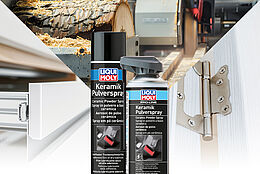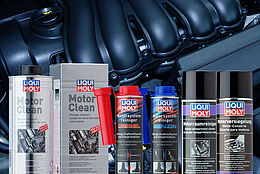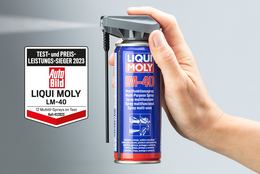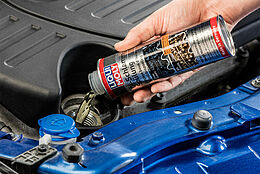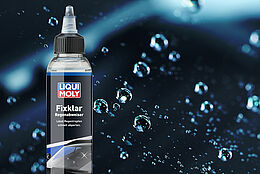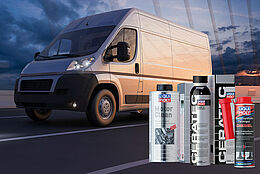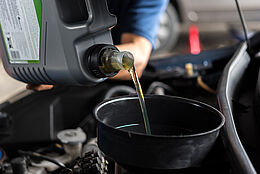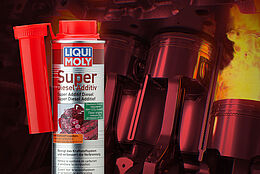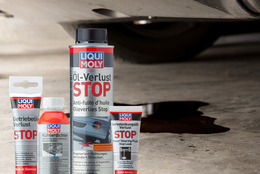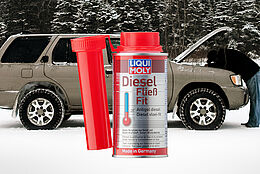- 4min
Compatibility of HVO or XTL fuel with additives

At filling stations, the alternative diesel fuel is marked as XTL (X-to-Liquid). The “X” stands for any source material that is converted into a liquid energy carrier (to liquid). The source material can therefore be any raw material that is converted into paraffinic diesel. There are two methods for this synthetic manufacturing process: the Fischer-Tropsch process (e.g. also for e-fuels) and the use of hydrotreated vegetable oils (HVO).
Fuels produced using the Fischer-Tropsch process are produced on the basis of a synthetic gas composed of carbon monoxide and hydrogen, the origin of which is biomass, coal, natural gas or green hydrogen and CO2 from the air. Depending on the additive, the fuel is called BTL (Biomass-to-Liquid), CTL (Coal-to-Liquid), GTL (Gas-to-Liquid) or E-Fuel. Alternatively, HVO can be used as a base, which is obtained from vegetable or waste cooking oil and reacts with hydrogen to obtain combustible, paraffinic hydrocarbons. HVO can be used to stretch fossil diesel as well as in pure form. Depending on the mixture, the fuel is called Climate Diesel 25, Climate Diesel 90 or HVO 100 or “C.A.R.E. Diesel”.
Also new is diesel B10. Compared to the previous diesel B7, B10 does not consist of seven percent biodiesel, but of ten percent biodiesel and 90 percent fossil diesel instead of 93 percent. Compared to HVO, however, it still comes from raw materials and not from waste.
What you should pay attention to when using alternative fuels
Use only with specific manufacturer approval
As with the E10, you should only refuel with B10 or XTL diesel if this has been explicitly approved by the manufacturer of your vehicle.
You can easily check this by taking a look under your fuel filler cap. If you find a small symbol with the marking XTL or B10 there, you can refuel without any concern.
Use of additives still recommended despite technical progress
Furthermore, as expected by the experts, in practical tests no differences to conventional diesels were found. Quite the opposite in fact: due to their synthetic nature, XTL and HVO are even technically higher-quality, as they contain no flavorings or other by-products. The higher CETAN number of 74 compared to 54 for fossil diesel also has a positive effect on the combustion behavior in the engine. In addition, 30 percent less nitrogen oxides and particulate matter are generated and the wear of technical components such as the particulate filter or exhaust gas recirculation system (EGR) is lower. In general, the alternative fuel also burns cleaner than biodiesel or mineral oil diesel and is more resistant to aging.
However, the reduced wear of technical components or clean combustion does not mean that there are no combustion residues and deposits in the engine or other components such as the EGR. For this reason, we continue to recommend the use of cleaning and system-maintaining diesel additives to ensure long-term functionality. The alternative diesel also does not have the same lubrication properties as conventional diesel fuel, which requires additional additives. (Note: grades available on the market may vary.)
Our additives can also be used safely with the new diesel fuels B10 and XTL.
Switching from fossil diesel to HVO and XTL
When switching to the alternative fuel, we recommend cleaning the fuel system in advance with additives, as old deposits will remain and the alternative diesel alone will not remove them. In addition, our additives also prevent the formation of combustion residues as a preventative measure when using HVO and XTL.



